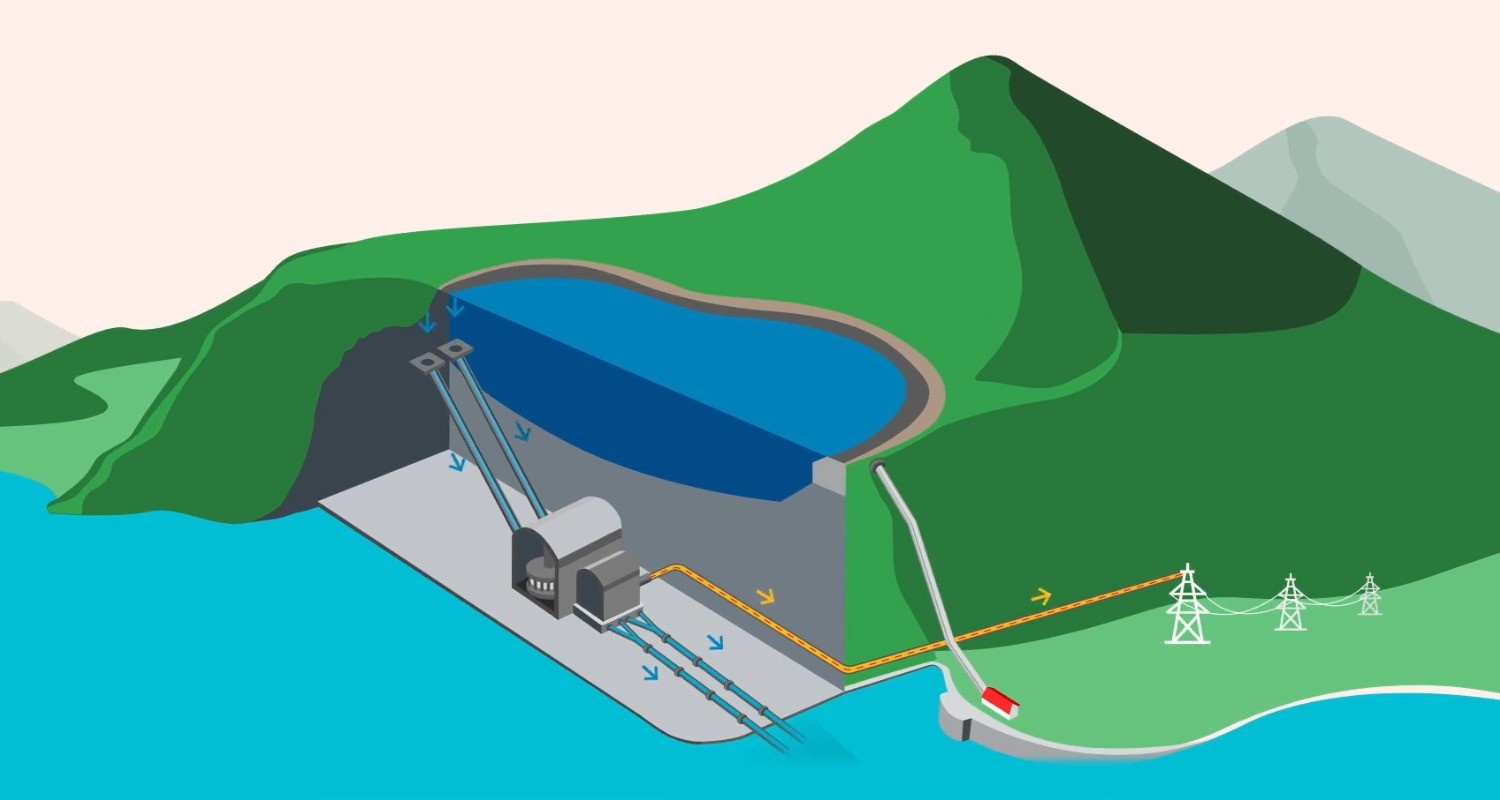Advantages of pumped-storage hydroelectric power plants
Advantages of pumped-storage hydroelectric power plants
Advantages of pumped-storage hydroelectric power plants
Mature technology and high efficiency
Mature technology and high efficiency
Its pumped hydro storage is extremely effective in converting the kinetic energy of water into electricity.
High flexibility and availability
High flexibility and availability
It adjusts quickly amidst fluctuating electricity demand or when intermittent renewable energy sources are integrated.
Long lifespan
Long lifespan
They last for several decades reducing the need for frequent investments in new infrastructure, thus amortizing the initial investment over a long period.
Operational synergies
Operational synergies
Leveraging existing infrastructure leads to cost savings, operational efficiencies, greater integration, and operation of the new facility.
Favorable environmental indicators
Favorable environmental indicators
It has the lowest impact on the ozone layer, the highest Energy Returned on Energy Invested ratio, the lowest pressure on mineral resources, and one of the lowest water footprints during construction and manufacturing.


